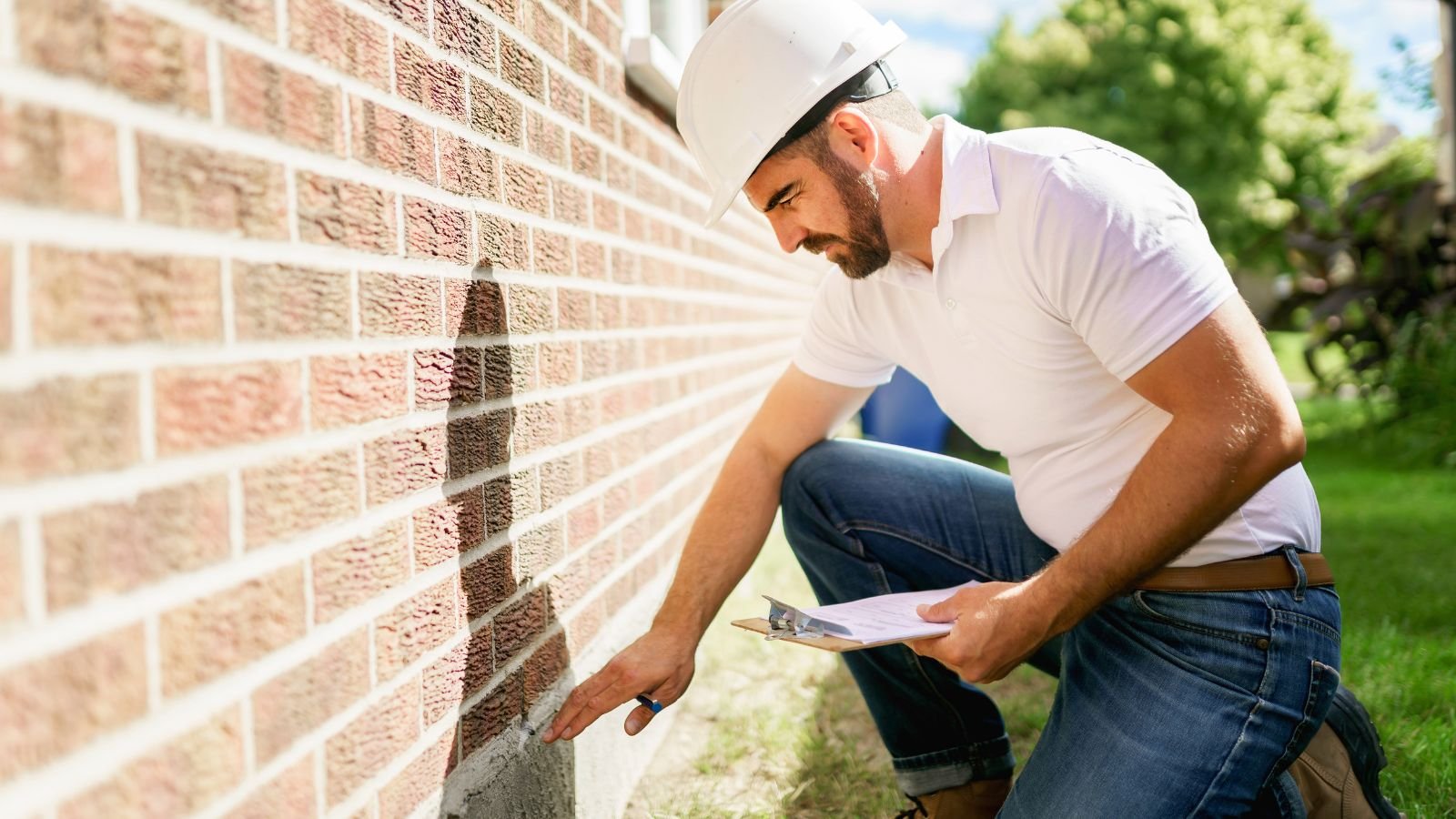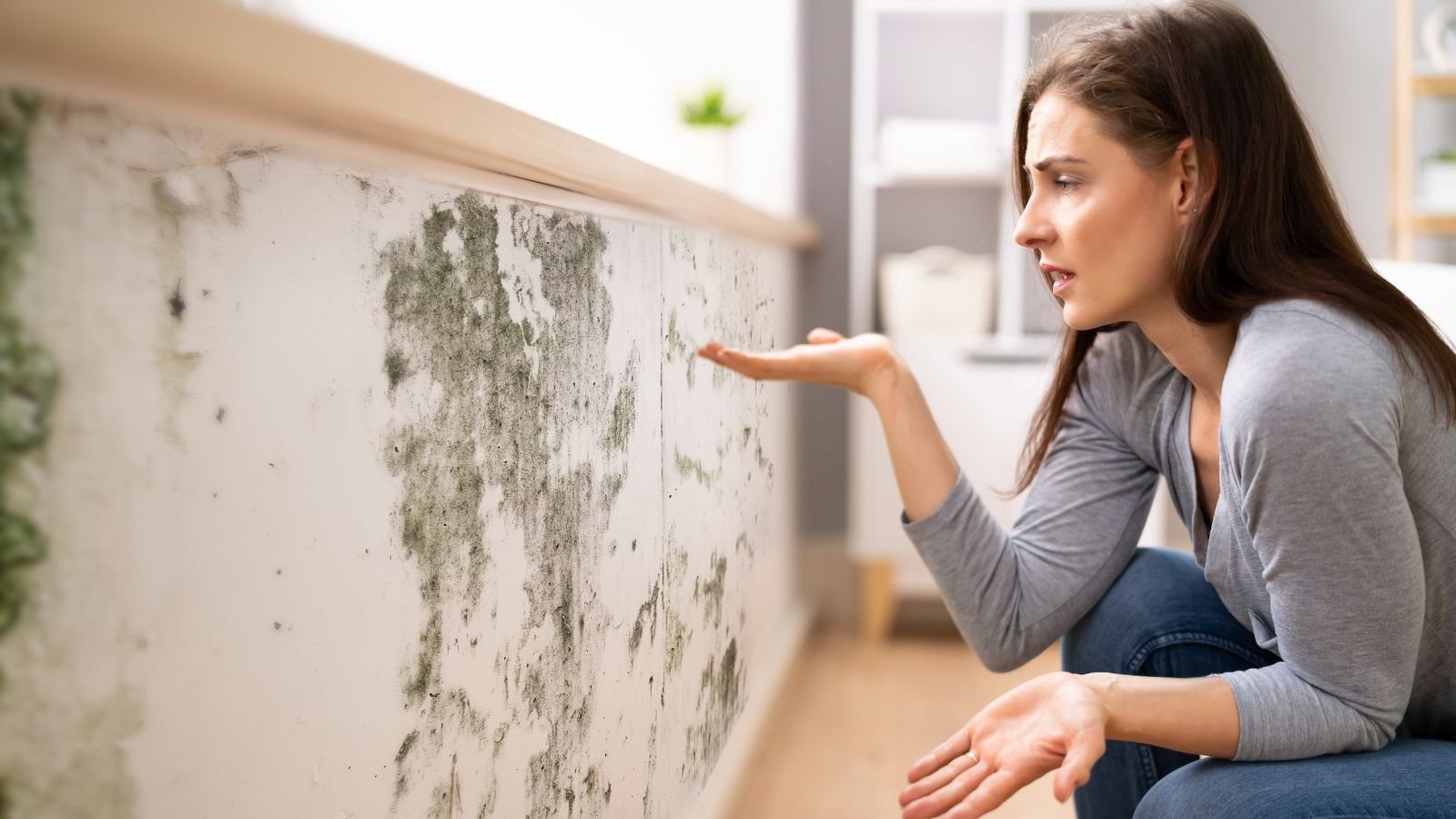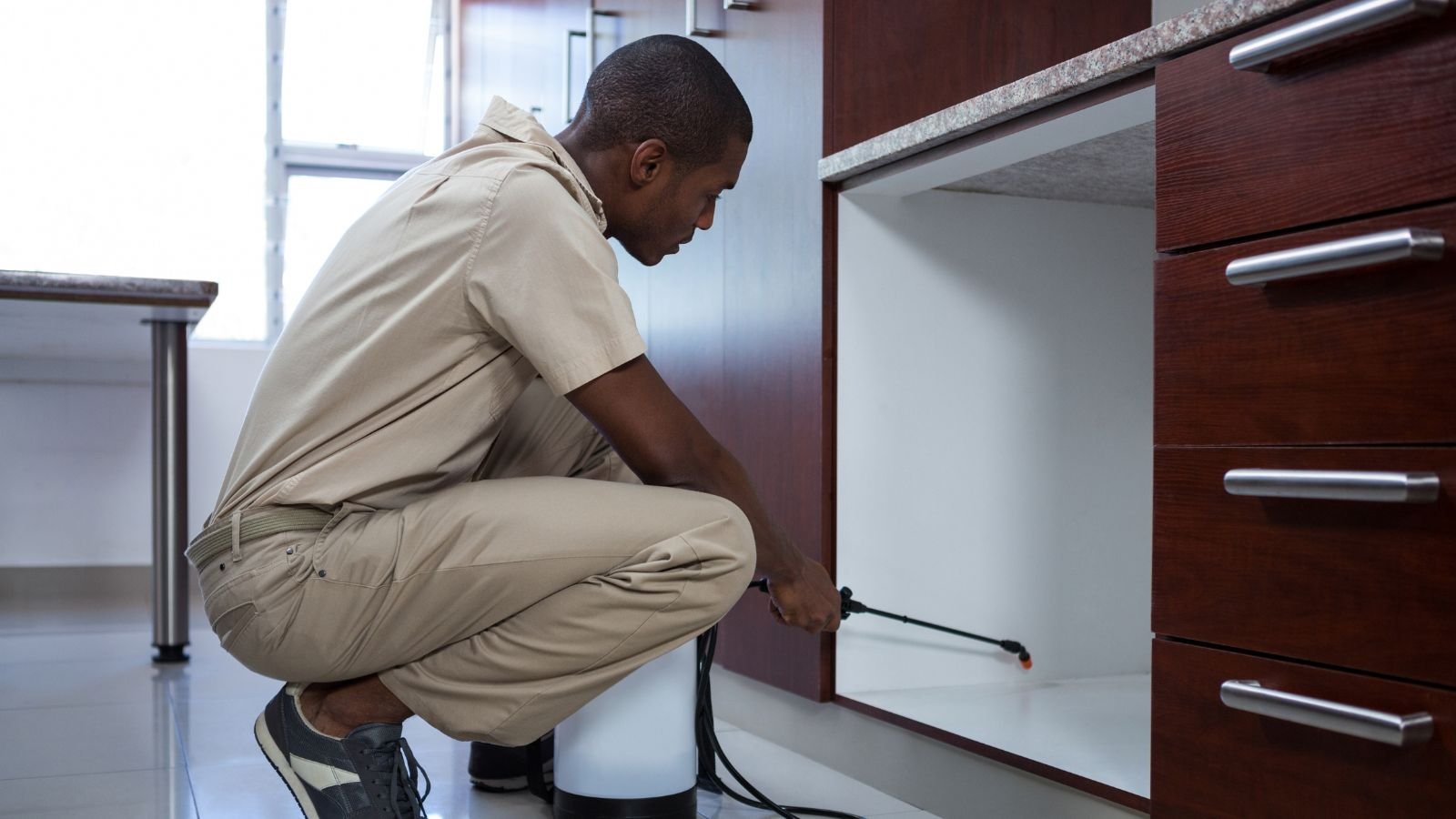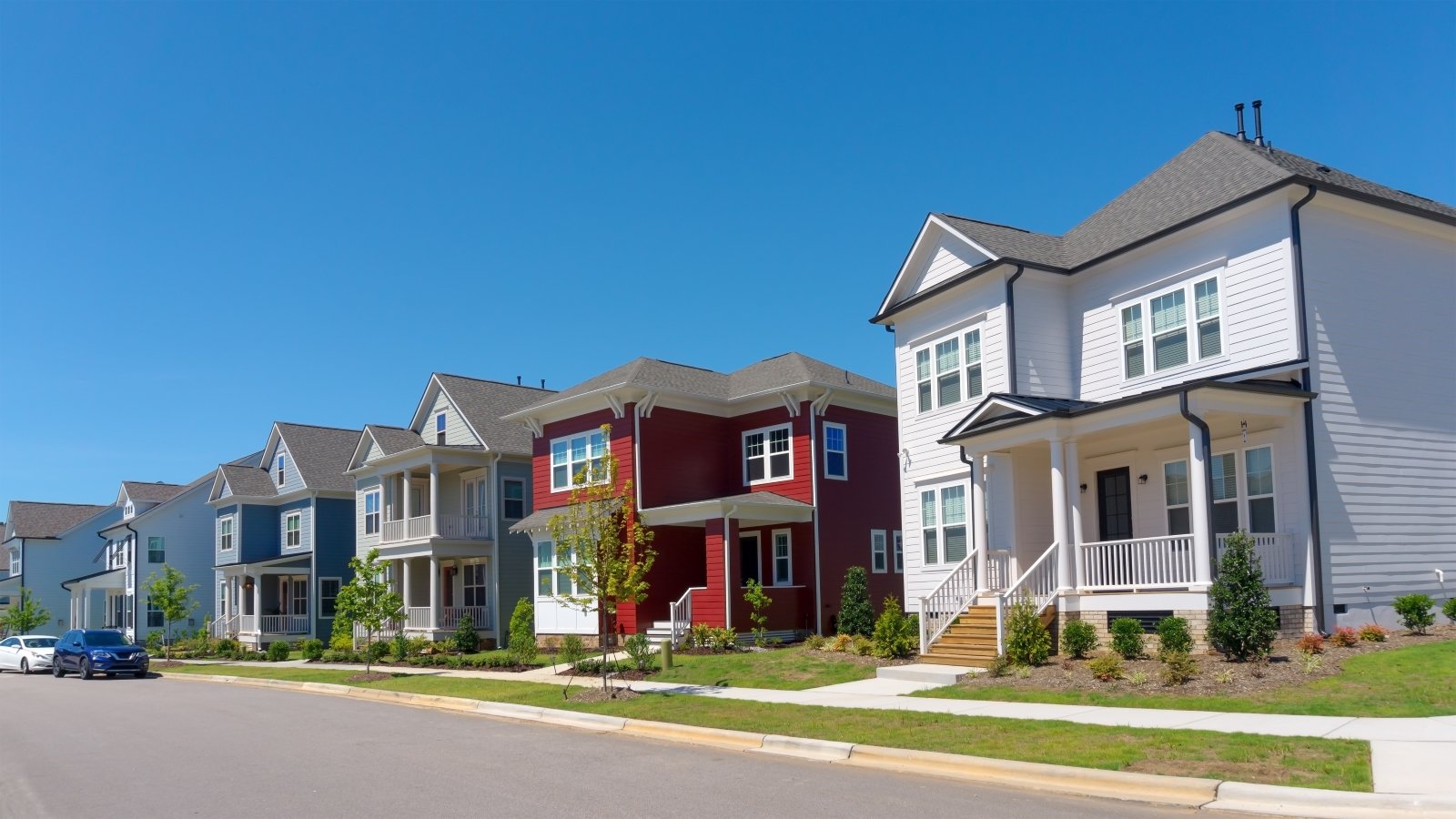Buying a new home is the big American dream and one of the most coveted milestones in life. While the joy of being a new homeowner is explicable, you should look beyond fresh paint, beautiful design, or built-in amenities. The home could have underlying issues that could skip your eye during the property viewing. A survey found that two-thirds of new homeowners have spent over $1000 to fix an unexpected issue within the first year of moving into a new home.
Check for these 11 red flags before you seal the deal on your new home.
Cracks in Foundation

The National Association of Homebuilders (NAHB) states that most cracks are cosmetic, but some are structural concerns. Hairline cracks up to 1/8” in width are considered negligible to slight, 3/16” – 9/16” are moderate, 9/16” – 1” are severe, and over 1” are very severe.
Cosmetic or non-structural cracks are easy and economical to fix. However, structural cracks need professional repair to avoid long-term damage. If you notice any cracks in the new home, take up the matter with the seller.
Deteriorating Roof

Roof repair can cost between $150 and $8000, while roof replacement expense is estimated in the $9000-$13000 range. However, you shouldn’t have to incur this additional cost when investing in a new home.
It is a red flag if the roof shows signs of mold, moss growth, damaged/missing shingles, breakage, rust, or leaks. Ask the seller how old the roof is and what materials were used to construct it.
Water Damage

Water stains on walls and ceilings, warping wallpaper, mold/musty smell, bubbles in the paint, rotting wood, or indentations on the floor should raise suspicions. These problems could occur due to faulty plumbing, poor drainage systems, flooding, or roof leaks.
Given that you may have to spend anywhere between $1300 and $5600 on water damage restoration, it is advisable to monitor these issues during the home tour.
Mold

47%of all homes in the United States have mold or dampness to some degree. However, your new home shouldn’t be one of them. Mold can develop due to water leakage, inadequate ventilation, lack of insulation, poor maintenance of HVAC systems, dark spaces, etc.
Mold can shorten the lifespan of your home and pose health hazards. Hence, it is a sign you shouldn’t ignore.
Electrical Wiring Problems

Flickering lights, frequent electrical surges, excessively dim or bright lights, and discoloration near outlets are indications of faulty wiring. These problems can cause fire and electrocutions. According to the 2022 national estimate, electrical malfunctions were one of the leading causes of residential building fires. Wiring issues are responsible for 20% of the 400 electrocutions that occur in the United States every year.
Check whether the home has a safe and modern wiring system and if electrical work has been executed precisely.
Pest Infestations

When shopping for a new home, look out for bug problems. Matthew Mills, a pest expert, warns that cobwebs, dead insects, wood shavings (also known as frass), wood damage, mud shelter tubes, and insect holes/hollow galleries in wood indicate insect problems in a new home. Foul odors, droppings, outdoor nests, egg casings, and odd sounds are also alerts for pest infestation.
Pest treatment can cost you hundreds of dollars. More importantly, pests can put your health at risk and dampen the excitement of buying a new home.
Structural Modification

The next irregularity on your house-hunting checklist should be structural remodeling. Uneven floors, cracks in brick/stonework, cabinets that swing open, wall removal, and the relocation of stairs should draw your attention. These modifications could have compromised the house’s structural integrity.
A professional inspection is recommended to rule out the structural renovations. It may cost $296-$423, but it is worth the expense as a precautionary measure.
Fishy Neighborhood

Neighborhood quality ranked as the top influencing factor for home purchase in the United States in 2023. Some red flags on this front are signboards of ‘sale’ on most houses, dilapidated/abandoned homes, graffiti on buildings, visible gang activity, inadequate community services, and trash heaps on streets.
Stay away from neighborhoods that raise the alarm in your mind.
Forbidden Access to the Property

You should be able to access the entire property when viewing. Something is shady if the seller has put locks or barricades that restrict your entry into some part of the property.
‘Too Good to be True’ Price

Every home has a fair value market price, depending on its size, location, condition, and other factors. If the seller offers to sell you the house at a price that seems considerably lower than the market price, don’t be naïve to fall into the trap.
When the price is too reasonable to be accurate, the seller might be rushing to offload the property. Refusal to disclose the reason for an urgent sale, incentives to waive off inspection, and request for cash payment are also tipoffs that something is dubious.
Beware of Buying a Flipped House

House flipping is an investment strategy in which real estate investors buy a home at the cheapest price, renovate it, and resell it for profit. It is not uncommon to purchase a flipped house because it is more affordable, has modern upgrades, and is often move-in ready.
However, it is also risky if you don’t exercise caution. Check whether renovations are superficial, the contractor was a licensed professional, necessary permits were obtained, and documentation is in order. Hire a professional home inspector to avoid any pitfalls.
